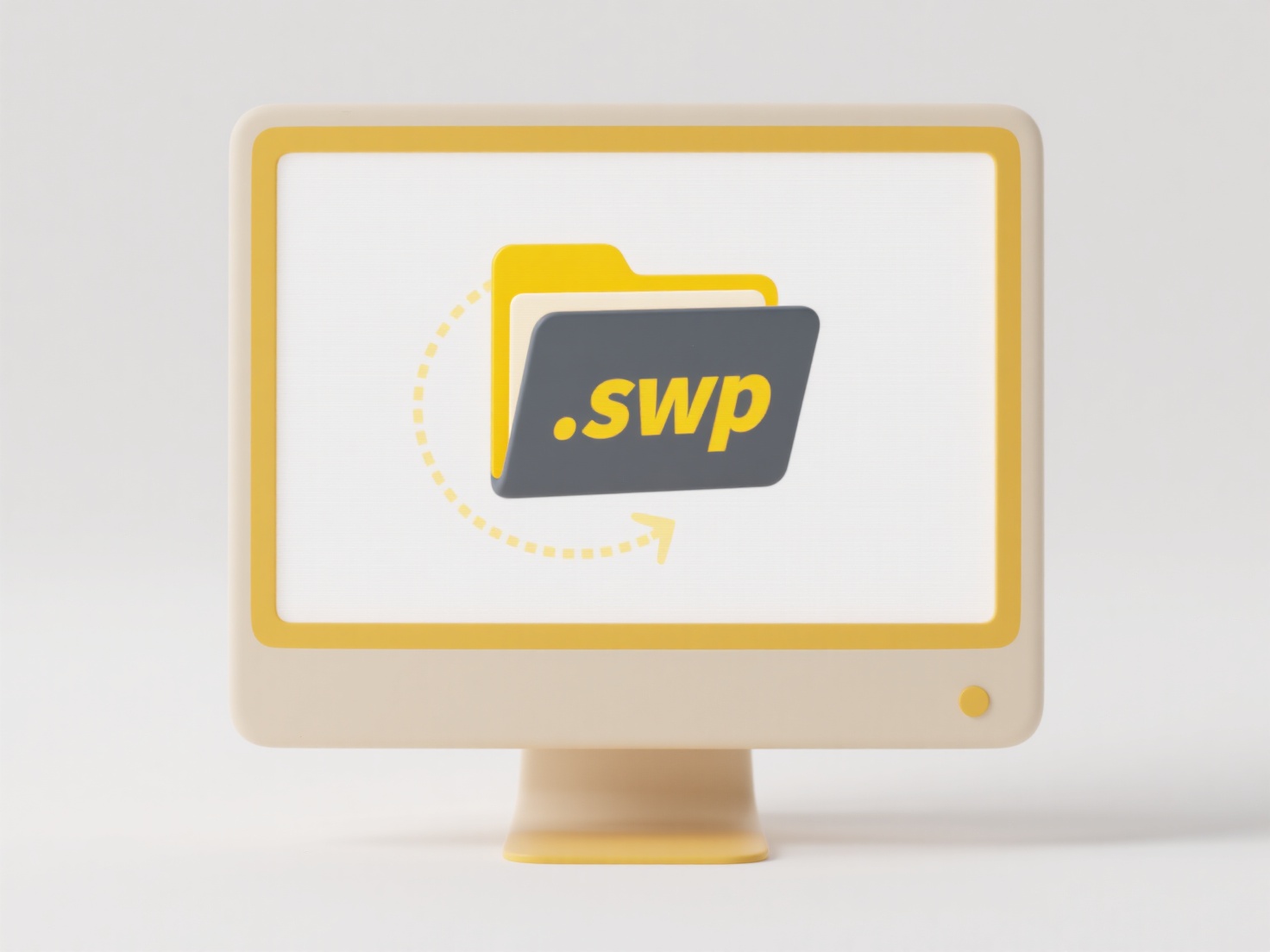
Bulk renaming based on folder name or path refers to automatically changing multiple filenames at once using the name of their containing folder or their location in the folder hierarchy. This is different from simple bulk renaming that applies a single pattern to all files; here, the renaming pattern incorporates specific elements from the file's context. Dedicated tools or scripts parse the folder structure to extract the desired part (e.g., the immediate parent folder name) and insert it into the new filename according to set rules.
Several tools support this functionality. For instance, Advanced Renamer allows users to define rules like "insert parent folder name" before or after the original filename. Similarly, powerful file managers like Directory Opus or scripting languages (Python, PowerShell) can access the full file path. Common uses include organizing downloaded photos (using album folder names within filenames), sorting project documents (adding client/project folder names), or standardizing media files with their series/season folder information.

The primary advantage is vastly improved organization and time savings, especially for large, structured collections. It reduces manual errors and ensures consistency. Limitations include relying on a well-structured existing folder hierarchy and potential for unintended renaming if rules aren't tested carefully. Always preview changes and back up files before bulk renaming. Future tools aim for smarter context-aware recognition, reducing setup effort.
Can I bulk rename files based on folder name or path?
Bulk renaming based on folder name or path refers to automatically changing multiple filenames at once using the name of their containing folder or their location in the folder hierarchy. This is different from simple bulk renaming that applies a single pattern to all files; here, the renaming pattern incorporates specific elements from the file's context. Dedicated tools or scripts parse the folder structure to extract the desired part (e.g., the immediate parent folder name) and insert it into the new filename according to set rules.
Several tools support this functionality. For instance, Advanced Renamer allows users to define rules like "insert parent folder name" before or after the original filename. Similarly, powerful file managers like Directory Opus or scripting languages (Python, PowerShell) can access the full file path. Common uses include organizing downloaded photos (using album folder names within filenames), sorting project documents (adding client/project folder names), or standardizing media files with their series/season folder information.

The primary advantage is vastly improved organization and time savings, especially for large, structured collections. It reduces manual errors and ensures consistency. Limitations include relying on a well-structured existing folder hierarchy and potential for unintended renaming if rules aren't tested carefully. Always preview changes and back up files before bulk renaming. Future tools aim for smarter context-aware recognition, reducing setup effort.
Quick Article Links
Should I use numbers to sort folders?
Numerical folder naming involves prefixing folder names with digits to control automatic sorting behavior. Unlike alphab...
How do I group source files and exports?
Grouping source files and exports refers to organizing your codebase by logically bundling related files and their publi...
Can duplicates affect file indexing and search performance?
File duplicates are copies of the same file existing within a system. During indexing, the process of cataloging file co...